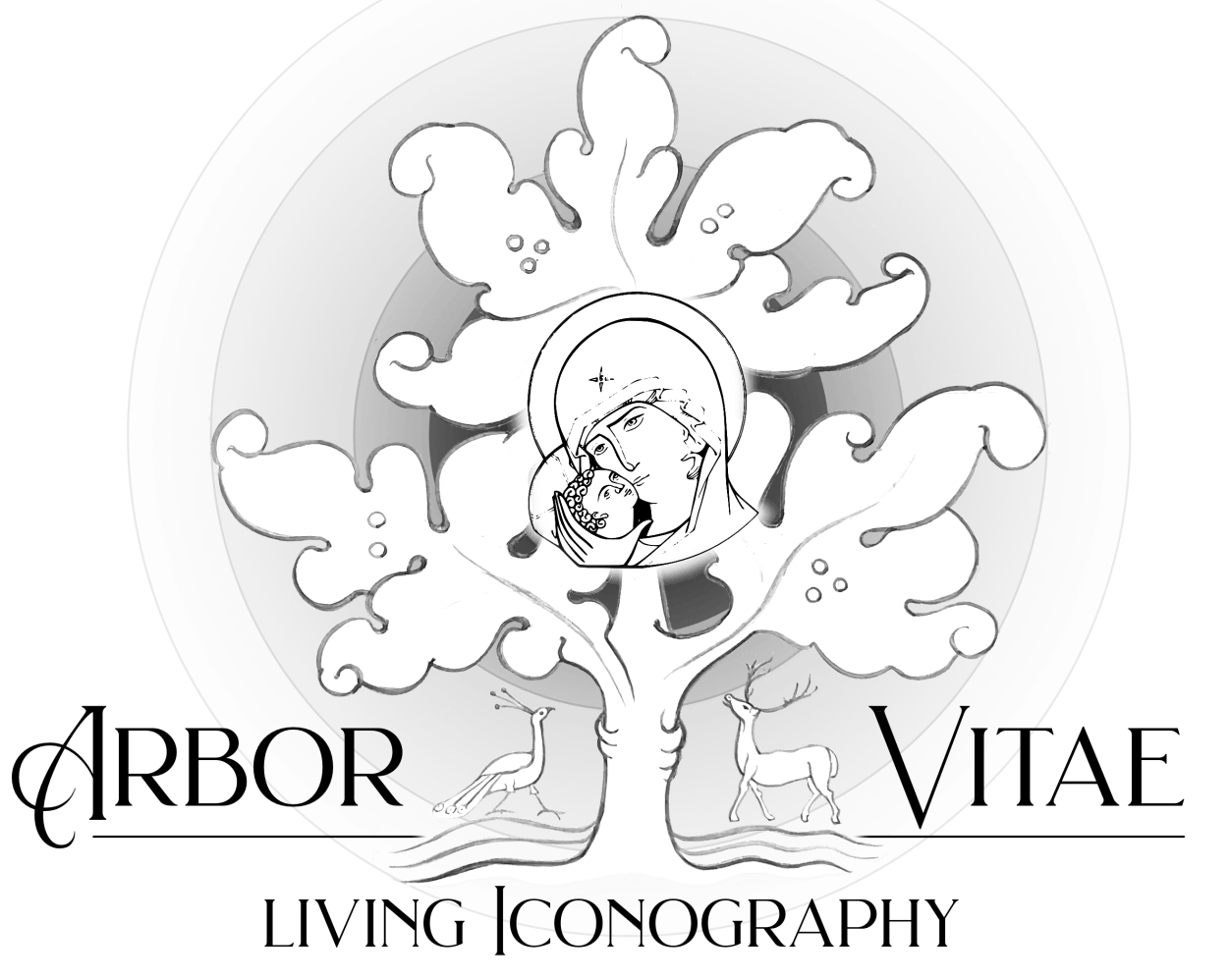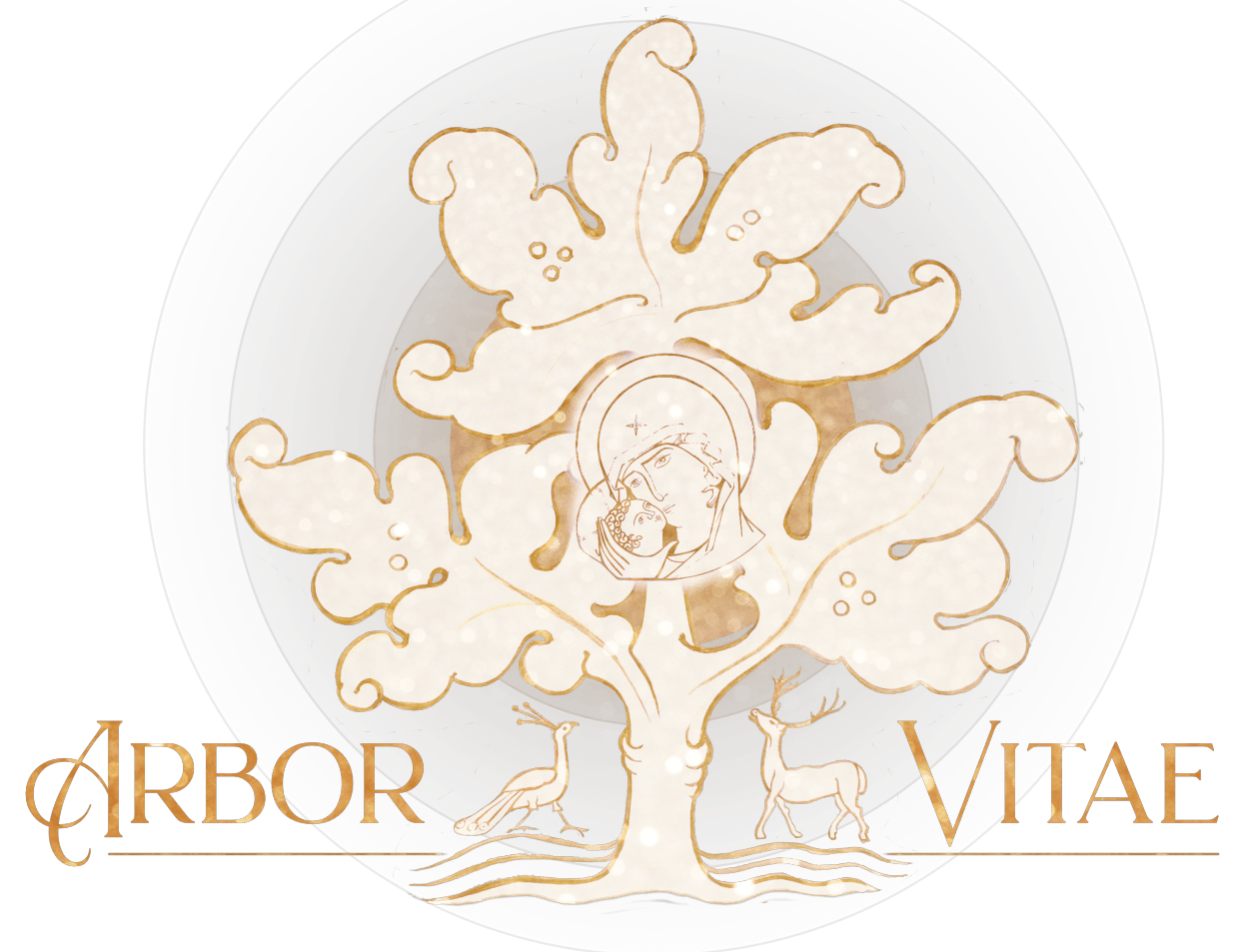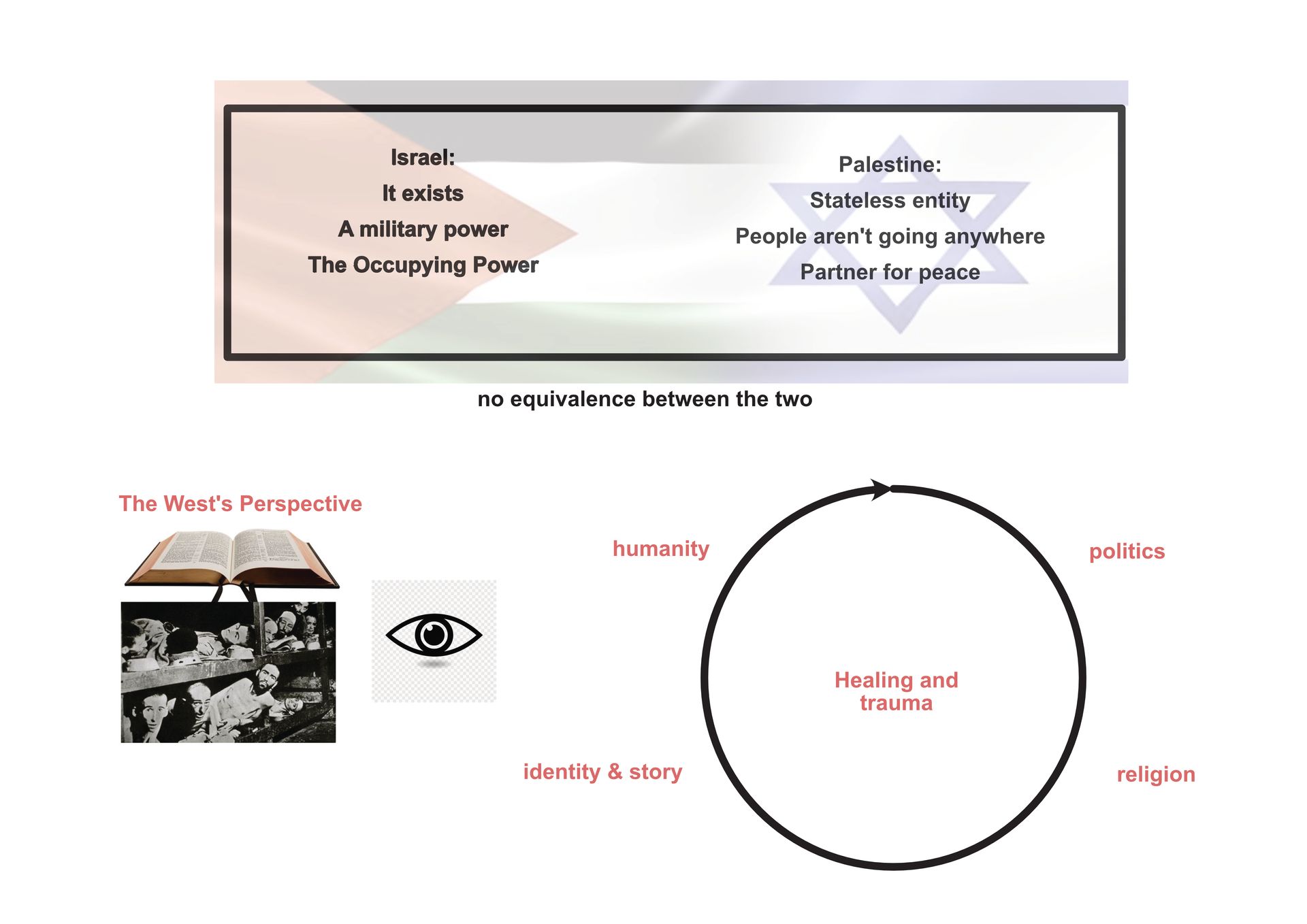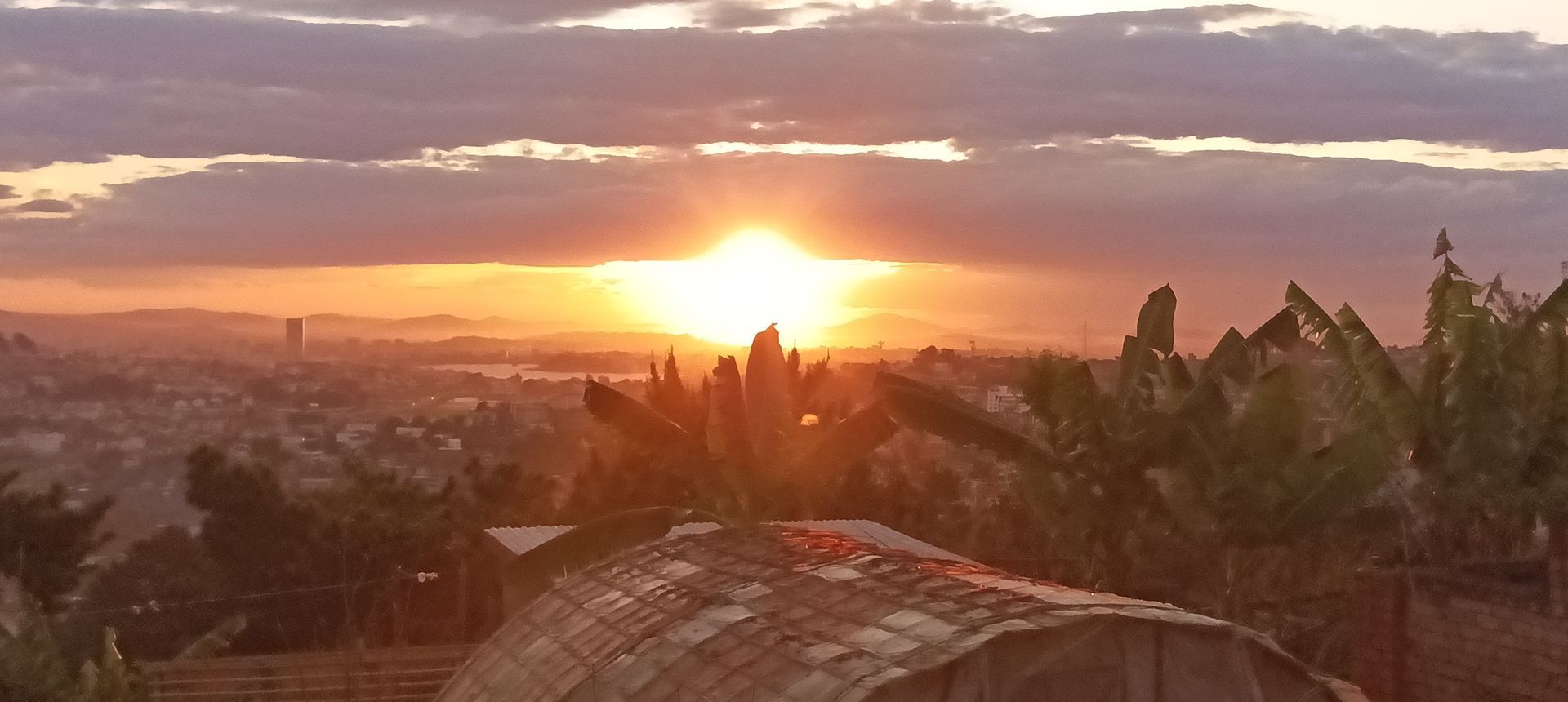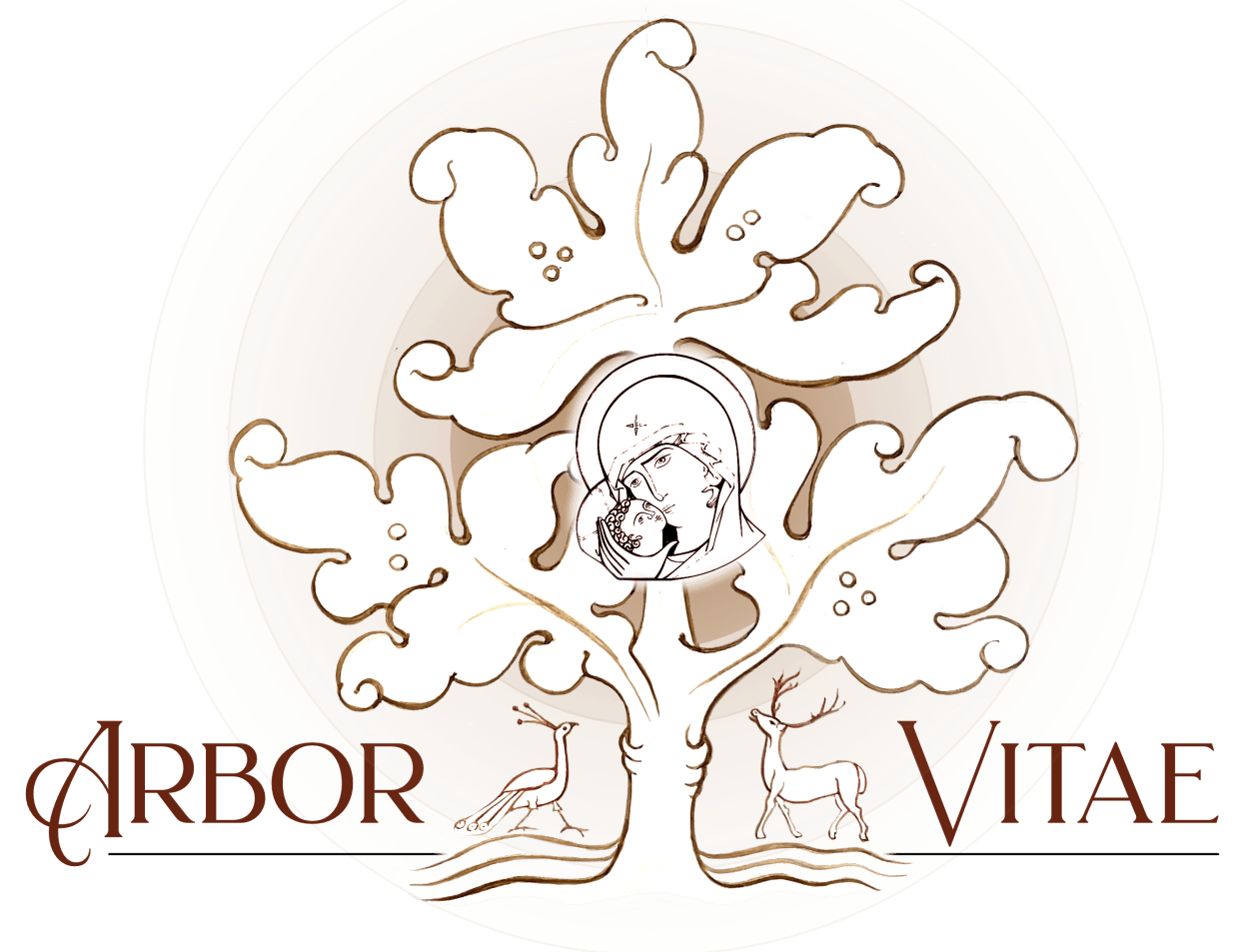Ian's Blogs
Notes from an Iconographer
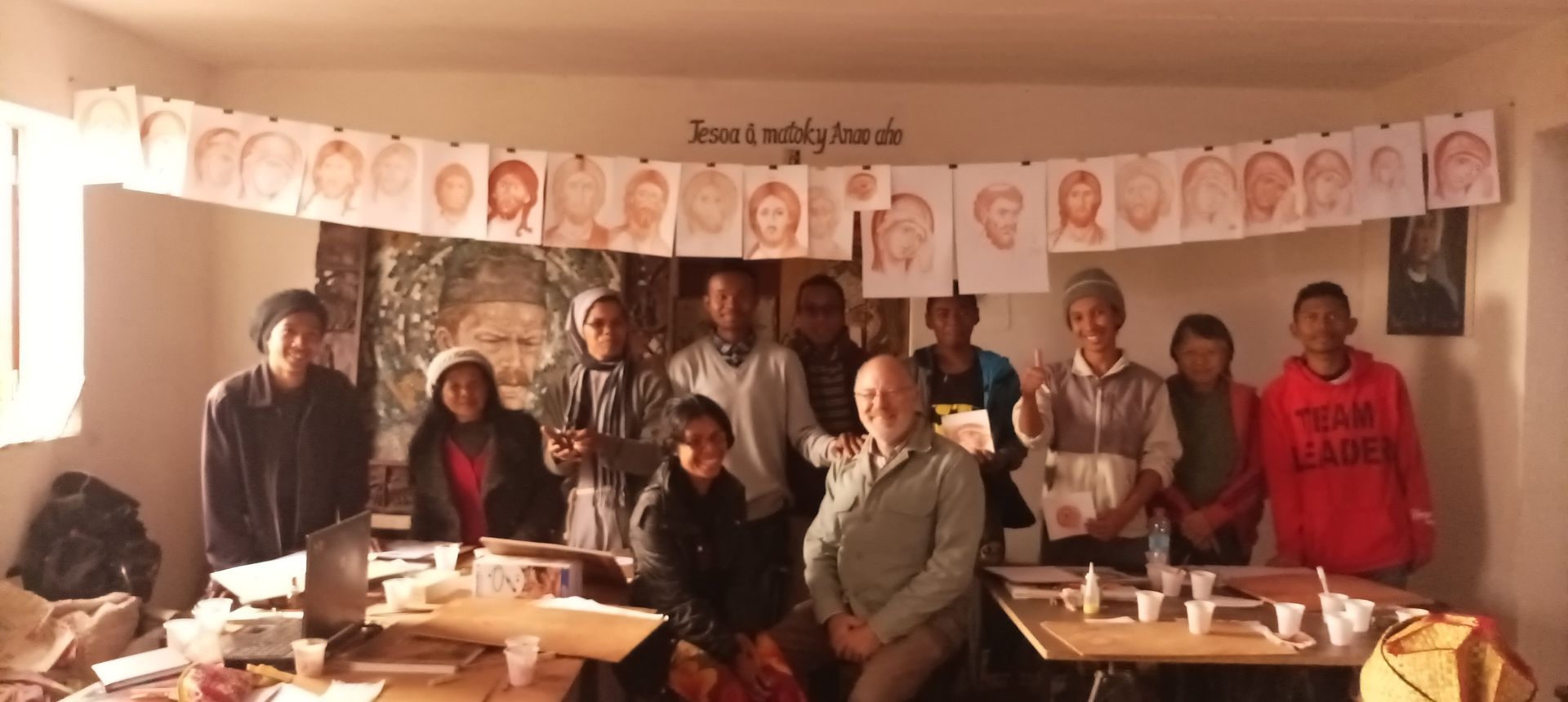
by Ian Knowles
•
13 Sept, 2023
The workshop was located on top of a small hill in the midst of the city, with spectacular views across the capital. However, there was no glass in the windows, just some metal shutters, which while not impeding the view made the strong chill wind that would swirl through the classroom a bit of a challenge. Especially as about 1/3 of us fell sick with a really nasty cold, which has lasted for me until now. Yet everyone reliably turned up between 8-9am, and we worked solidly until about 4pm, with a short lunch break. In preparing for the course, I felt a movement of the Spirit to just leave things and take them as they came along. With no real idea about the place, the people, the Church, the artistic background, the levels of understanding of religious and liturgical art, as well as tools, equipment and number of students, it was impossible to know quite what to expect. Yet, I had not the slightest anxiety. It was a very blessed sense, totally reliant on Christ to take care of it all. I just focused on trying to listen, and to hold on to this sense that all was under control and I just needed to turn up. So turn up I did, at 4.30am, after nearly 24 hours travel, and by 8.30am class had begun. Surreal is the only word I can find to describe it. And to reach the workshop meant sitting abreast the rear of a motorbike, weaving alarmingly between trucks, scooters and pedestrians, smothered in belching clouds of smoke. Yes, surreal. I found the Malagasy peoples - I say peoples because the country comprises of a series of distinctive ethnic groups - to be very quietly spoken, reserved, polite, gentle, keen to please, and with a sense of gratitude and positivity about life and others. Perhaps also a bit laid back and uncomprehending of the north European work ethic, valuing warmth and being present. I found them hungry for the spiritual depths of iconography, rather than enamoured by a certain esotericism. With little or no religious or secular art of any distinction, the whole world of art is either unknown or something commercial. In recent years quite a strong movement of modern painting has emerged, but this is strictly commercial and focused on the idea of prestige. Its a means of conveying a message or meaning, something to be decoded. Art as the pursuit of beauty is quite alien. Religious art is mainly rather sentimental, even kitsch. So the students really picked up their ears when I began to introduce them to art as a means of spiritual encounter, of creating thresholds where God comes to meet us as our Divine Friend, where artistic imagining comes from above, not from below, as a visual encounter with the Eternal, the Good and the True. To be honest I can’t really remember very much about what I actually said. I know we focused on the face, on the human person, and on transfiguration of time and space. I talked about grace building on nature, on power of creating images that capture a living likeness, not a dead resemblance, and icons as doors where God stands and encounters us. And so on.These were very new concepts, but they really chewed on them, treasured what they found. It changed them. We explored praying with our eyes, and the paucity of their own prayer life where the visual is ignored as having any importance in worship. It was a sort of visual catechesis. And by the end they had begun to get it. Its important to stress the visual poverty of the celebration of Mass there. I attended four Masses, two in the local parish, one in the only Benedictine monastery in the country, and one with the workshop participants. The singing was deep, heartfelt, and from the bulk of the congregations. They were also very well attended, with the local parish Mass, celebrated at 6.30am, being packed to the doors with hundreds of people. The style of Mass is very post Vatican II, respectful, prayerful but a relaxed liturgy with a focus on accessibility and participation, and a lot of speaking in the form of commentary which meant the length was never short! I found it a very prayerful experience, humble and lacking pretension. However, even at the Benedictine monastery, it lacked a sense of transcendence which I felt was a pity. This was reflected in the visual aspects of the celebration, which was disappointing and lacking in both finesse and depth. Some very basic sorts of decoration, for example swagged cloth along the gothic arches of the building, and an obligatory crucifix of little quality, really quite perfunctory. There was no interaction with the imagery that did exist, no sense of the transcendent possibilities of art to inspire let alone work liturgically. The one flicker of hope was in the stained glass, but this was very peripheral I felt to the whole experience.

by Ian Knowles
•
08 Sept, 2023
Contd.... So, we could say, this was rather basic. The students were a mixed bunch, some experienced with the mosaic others had never drawn anything before, Catholics and Protestants, lay and religious, and with ages ranging from early 20s until late 50s. Some of the students came from very far away - 12 hours or so, and so slept in the workshop, while the rest all arrived via the crammed series of minibuses that meander through the city while belching out dense clouds of carbon monoxide, or by bike or on foot. The eldest student, a wizened man whose wife is critically ill but without access to any serious medical care, came several hours each day on a rickety bicycle. There were also a couple of Claretan sisters released from their enclosure, a Jesuit postulant, and our cook who was a sister living nearby on her own I think, recovering from some illness. One of the students did live nearby, just up the road in one of the tiny houses built by a local priest as part of a vast rehousing and rehabilitation project trying to get the very poorest off the streets and into some for of productive life, one where there is some access to basic education, and support into finding a means of making some sort of income. But when you realise that the average monthly salary for a doctor is just… €400-500 a month… we aren’t really talking about an income for these people that we would recognise as even covering the basics. Some had a few pencils and paper, while others had nothing, nothing at all. So, for the most part, the workshop provided tools and resources such as Bristol board for monochrome work, and a couple of grades of pencil for drawing. I brought over some Kolinsky sable brushes as a gift, bought at cost by the kindness of Dal Molin in Italy, as well as some pigments, rabbit skin glue and a large container of fine quality gesso, which sparked some interest in airport security! The workshop provided lunch each day - we ate a lot of rice and vegetables, which was without meat as the budget didn’t quite reach that far. This was much to the disgust of the students who were quite put out because I wasn’t being given proper Madagascan food - which seemingly ALWAYS has meat! So I would say that my students for this course were pretty much the ‘anawim’, the ‘little ones’ as Scripture calls them. People with little of luxury, yet rich in spirit, determination, guts and hope in God. With a raw edge to life they cut through the dross, the self-indulgent winging of western, middle class life, and just get on with living and believing best they can and usually with a smile on their face, with a ready ability to laugh and smile, and with encouragement to give of their best with a generous spirit. God is very much the richness of their life, the strength to get up and face the very many challenges of each day, the joy that bubbles through to make life good despite the material challenges. Inspirational people in their simplicity and kindness. They made it easy to be there, and the experience of sharing what I know, a joy.
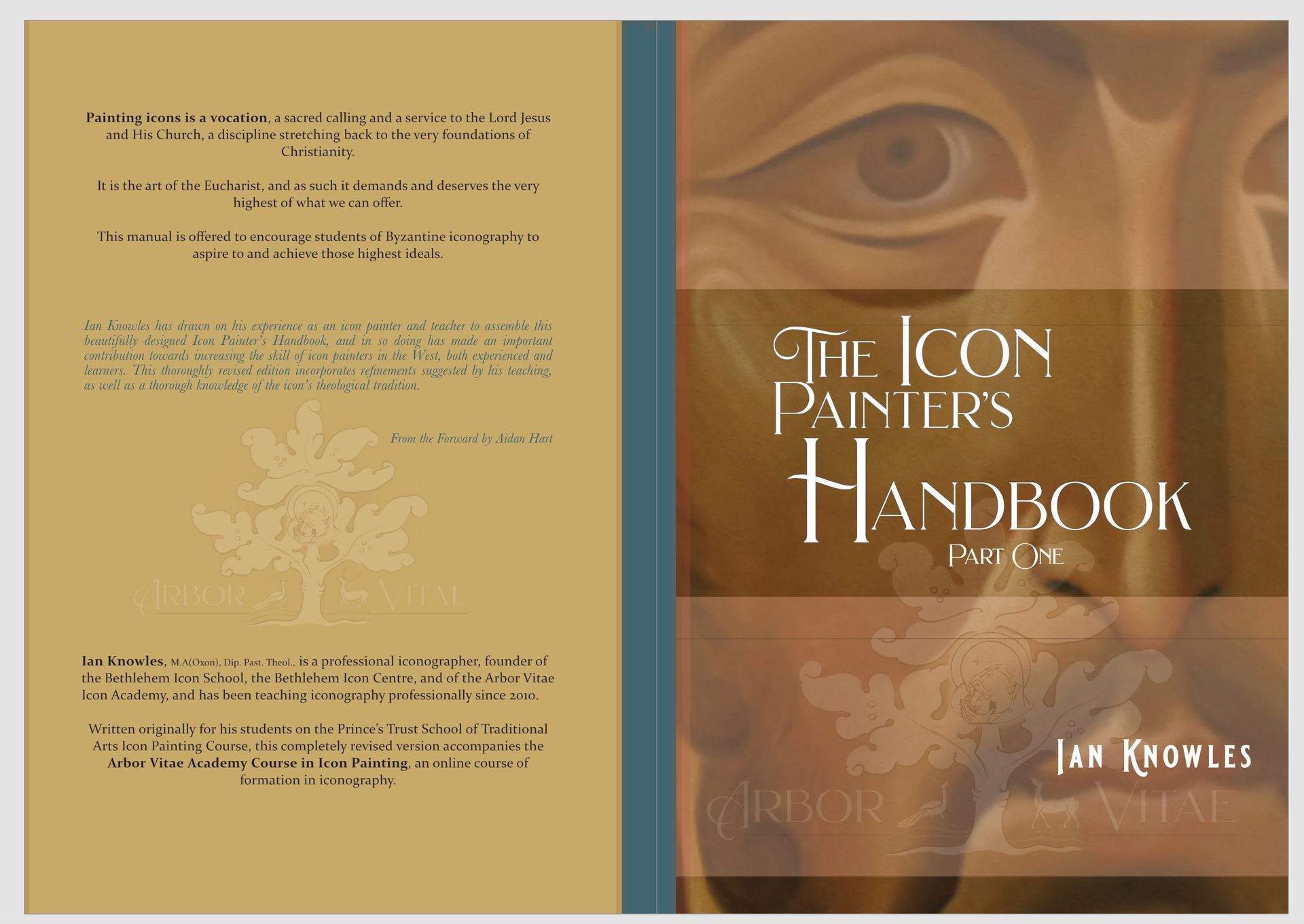
by Ian Knowles
•
01 May, 2023
After three years the new icon painting manual is almost ready! You can see the cover above. At over 250 pages (and still growing) it is Volume 1, covering the basics from drawing through to everything you need to know about painting the face. Volume 2 will come in due course, focused on figures and garments. It is designed to accompany the Academy Course in Icon Painting, just as the original written to accompany the Prince's Trust School course in Icon Painting which I taught at the Bethlehem Icon Centre up until 2019. However, this version differs in a number of ways. Firstly, it is completely re-written, the content is systematic and directly relates to the Academy Course in Icon Painting. Secondly, it has integrated links to various video demonstrations so you have not just written instructions but short videos you can follow. Thirdly, this is fully interactive, linked to web resources you can access at a click of a button. Fourthly, it is commercially available and distributed online so everyone who wishes can have a copy! It is more than a simple paint an icon sort of book, but it is designed to help in the formation of an iconographer. Theology and spirituality are integrated into practice, fundamental principles into precise artistic skills. More details will come soon about price and launch date...watch this space!!
MENU
All Rights Reserved | Arborvitaeiconography
© 2024
